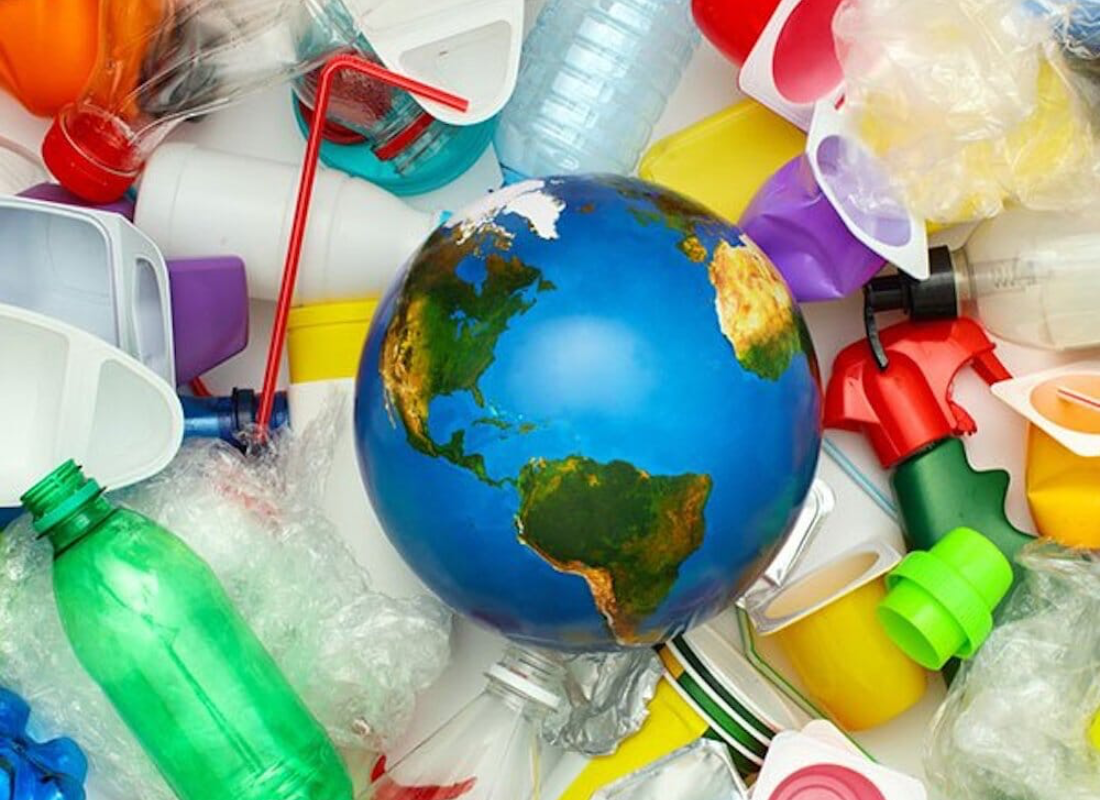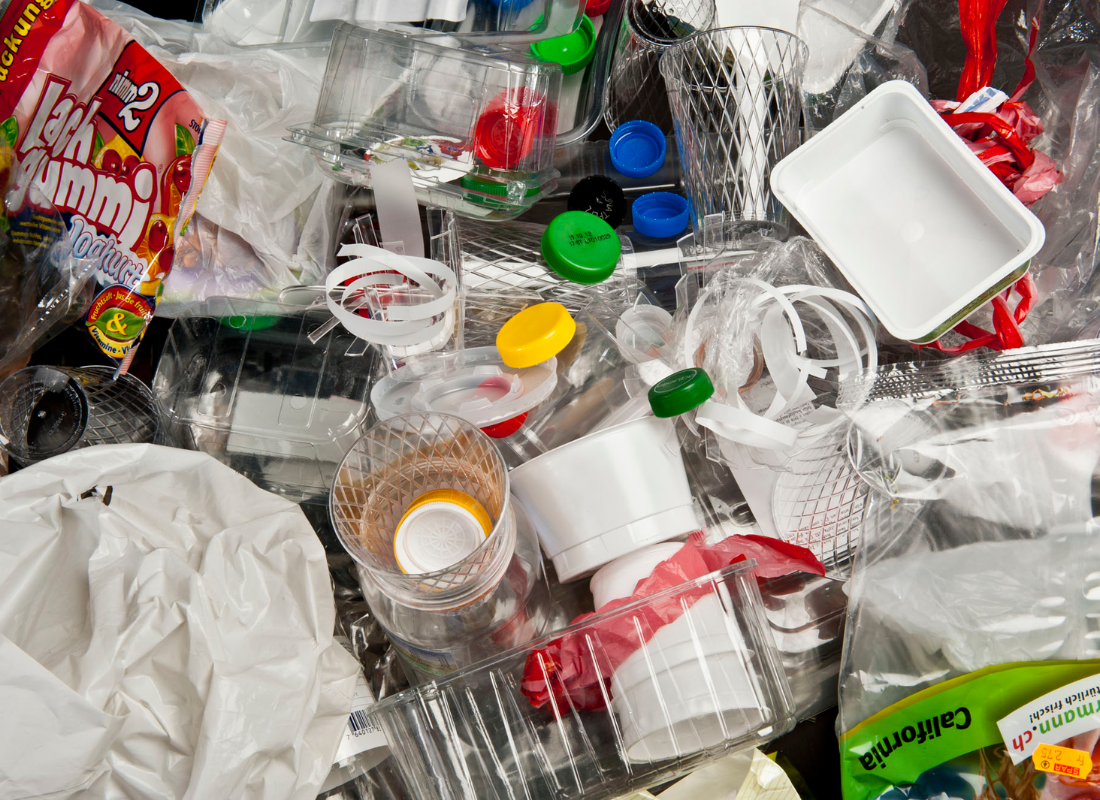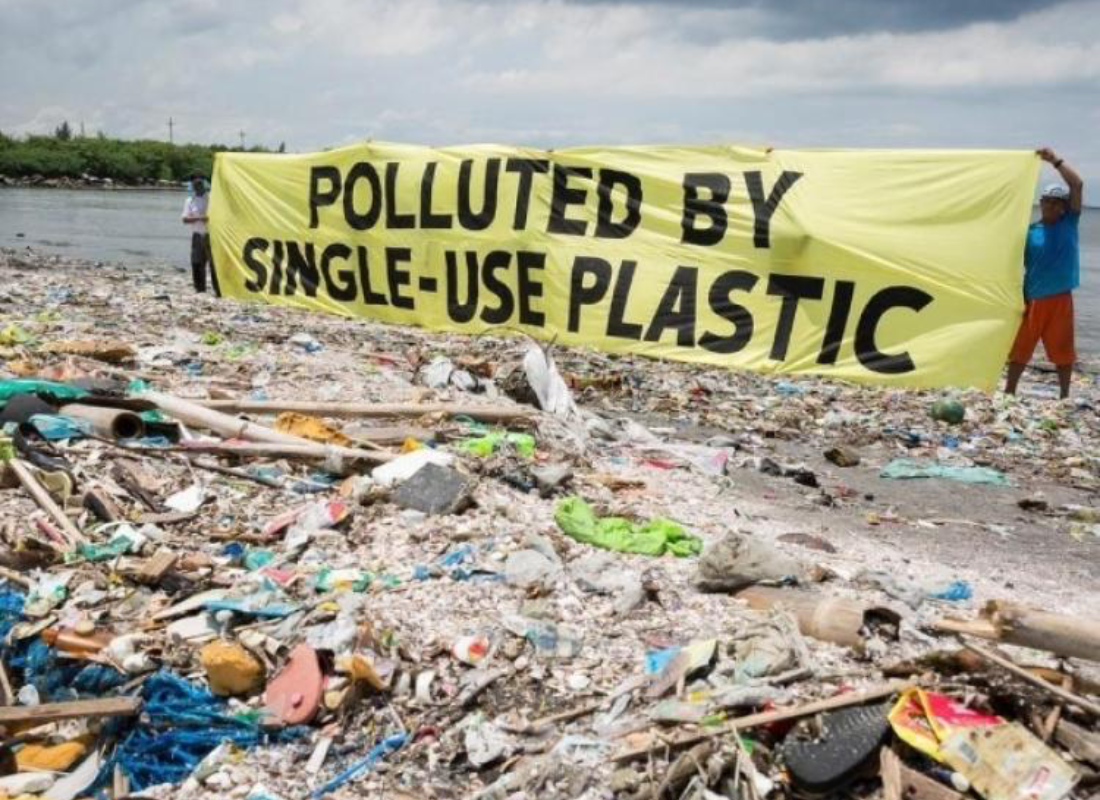
Plastics have a fascinating history that spans over a century, reflecting significant technological advancements and societal changes. This article delves into the origins, evolution, and impact of plastics, providing a comprehensive overview of their development.
Early Beginnings: Natural Polymers and the Birth of Synthetic Plastics

- Natural Polymers:
Before synthetic plastics, natural polymers like rubber, shellac, and cellulose were used. These materials were the precursors to modern plastics, providing essential functions in various applications.
- Invention of Bakelite:
In 1907, Belgian chemist Leo Baekeland invented Bakelite, the first fully synthetic plastic, marking a pivotal moment in the history of plastics. Bakelite was a thermosetting phenol-formaldehyde resin, praised for its electrical nonconductivity and heat resistance.
The Rise of Thermoplastics: 1920s-1940s

- Polyvinyl Chloride (PVC):

Discovered in the late 19th century, PVC’s commercial production began in the 1920s. It became widely used due to its versatility, durability, and resistance to environmental degradation.
- Polyethylene (PE):

Polyethylene was first synthesized by German chemist Hans von Pechmann in 1898, but it wasn’t until 1933 that British chemists Eric Fawcett and Reginald Gibson developed a practical method for producing it. PE became essential for packaging, containers, and various household items.
- Polystyrene (PS):

Polystyrene, discovered by Eduard Simon in 1839, saw significant development in the 1930s when the Dow Chemical Company introduced methods for mass production. It became a staple in insulation, packaging, and disposable containers.
- Nylon:

In 1935, Wallace Carothers at DuPont invented nylon, the first synthetic fiber. Nylon revolutionized the textile industry, leading to the production of stockings, ropes, and various fabrics .
Post-War Expansion: 1950s-1970s

- Polypropylene (PP):

Discovered by Italian chemist Giulio Natta and German chemist Karl Ziegler in the 1950s, polypropylene quickly gained popularity for its toughness, flexibility, and resistance to chemicals.
- Polyethylene Terephthalate (PET):

Developed in the 1940s, PET became widely used in the 1970s for packaging beverages, food, and pharmaceuticals due to its strength, transparency, and recyclability.
- Impact on Daily Life:

The post-war era saw plastics becoming ubiquitous in everyday life. Products ranging from kitchenware and toys to automotive parts and medical devices increasingly relied on various forms of plastic.
Modern Era: 1980s-Present

- Advancements in Polymer Science:
The late 20th and early 21st centuries witnessed significant advancements in polymer science, leading to the development of high-performance plastics with enhanced properties such as heat resistance, biodegradability, and recyclability.
- Environmental Concerns and Recycling:
With the growing awareness of environmental issues, the focus has shifted towards developing sustainable plastics and improving recycling technologies. Biodegradable plastics, made from renewable resources like corn starch and sugarcane, are increasingly being researched and used .
- Plastics in Technology and Medicine:
The modern era has seen plastics play a crucial role in technological and medical advancements. From lightweight materials in aerospace engineering to biocompatible plastics in medical implants, their applications are vast and varied.
Impact and Future of Plastics

- Environmental Impact:
While plastics have transformed industries and lifestyles, they have also contributed significantly to environmental pollution. Efforts to mitigate this impact include developing biodegradable plastics, improving recycling rates, and reducing single-use plastics.
- Innovation and Sustainability:
The future of plastics lies in sustainable innovation. Researchers are exploring alternatives to traditional plastics, such as bio-based polymers, and improving the efficiency of recycling processes. The goal is to balance the benefits of plastics with environmental stewardship .
Conclusion

The history and development of plastics reflect a journey of innovation, adaptation, and evolving challenges. From the invention of Bakelite to the latest advancements in sustainable materials, plastics have had a profound impact on society. As we move forward, the focus on sustainability and environmental responsibility will shape the future of plastic production and use.
Sources:
https://www.smithsonianmag.com/
https://www.sciencehistory.org/
https://www.americanchemistry.com/
https://www.thoughtco.com/history-of-plastics-1992322




